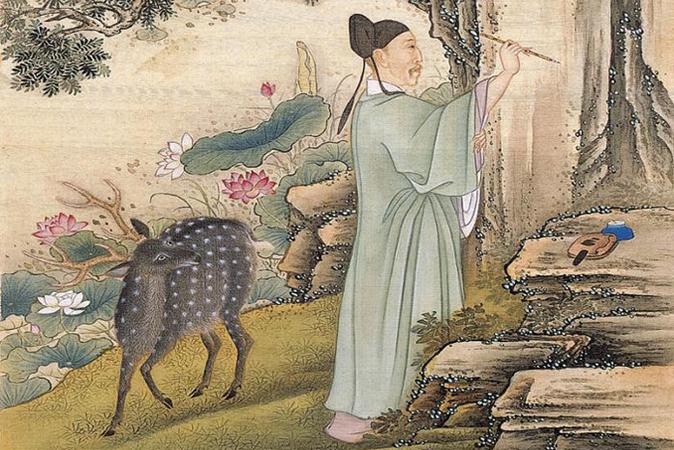The ancient Chinese, like modern psychologists and physicians, regarded good posture as a key to maintaining physical vigor and spiritual health. According to traditional Chinese medicine and philosophy, your stance and gait play not only a significant physical role, but reflect your inner character as well. Hence the Chinese proverb: Stand like a pine, sit like a bell, walk like the wind, lie like a bow.
When it came to education, the Chinese ran a tight ship. Children were educated not just in technical or theoretical knowledge, but made to exercise self-discipline and propriety, which would manifest in their everyday speech and behavior.




